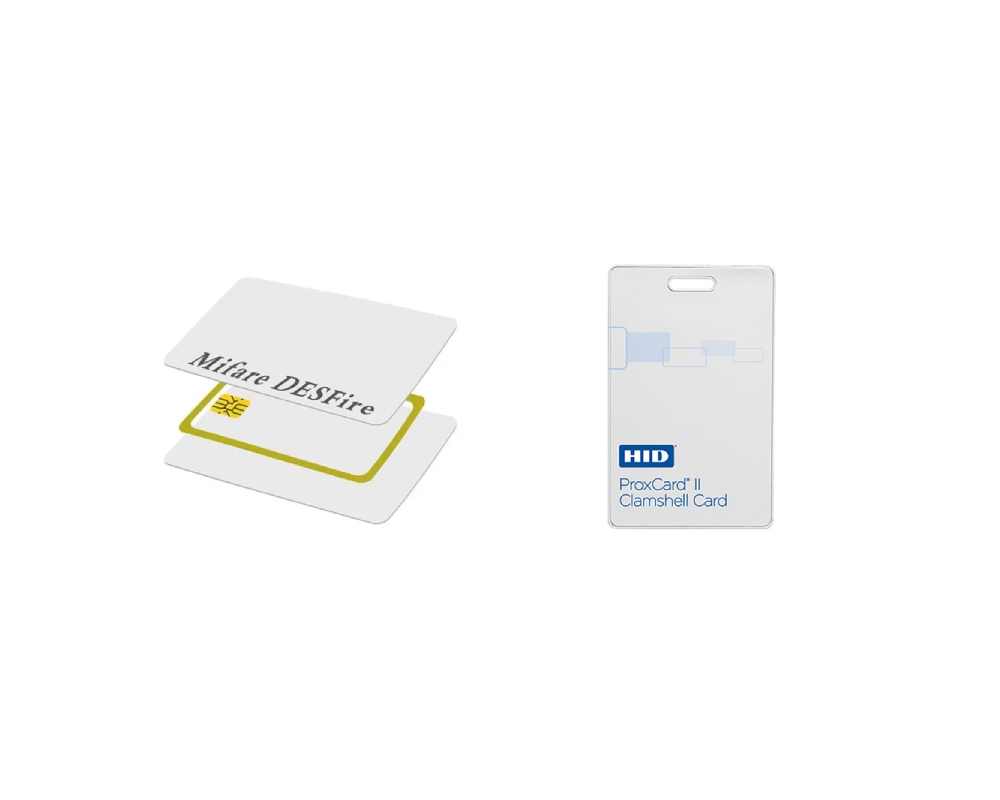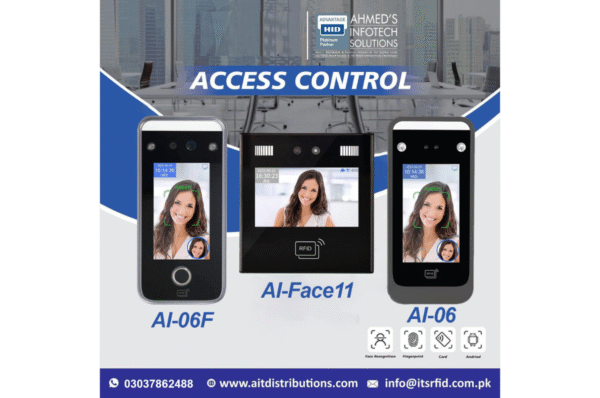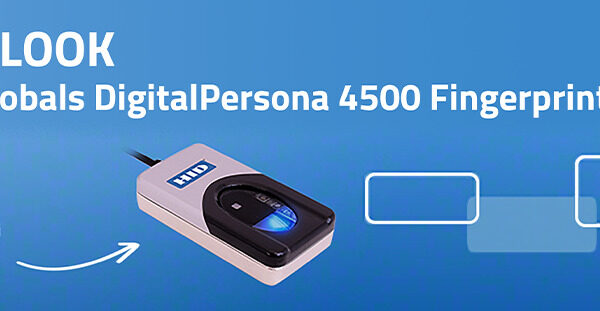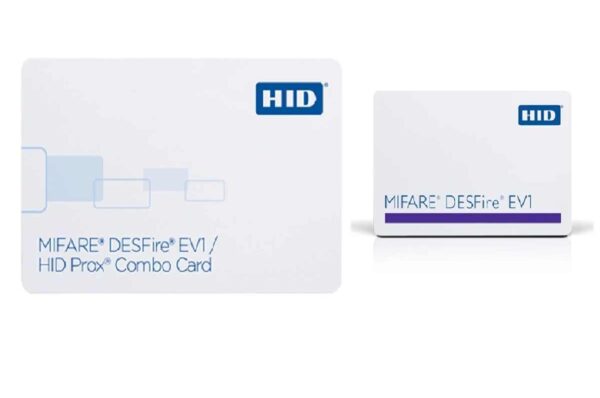The difference between mifare and proximity card is that both are used for access control, identification, and other applications. They use different technology and functionality. Some breakdown of the key differences:
Technology:
- Mifare: The Mifare cards utilize RFID (Radio-Frequency Identification) technology and are equipped with a microchip for advanced functionality. This chip can store data and interact with a reader through radio waves.
- Proximity Card: The Proximity cards rely on simpler low-frequency radio signals for communication. They typically lack a microchip and have limited functionality compared to Mifare cards.
Functionality:
- Mifare: Mifare cards offer more features due to the embedded chip. They can:
- Store data: Hold information like user IDs, access privileges, or payment details.
- Be rewritable: Data on the card can be updated or reprogrammed.
- Support multiple applications: A single Mifare card can be used for various purposes, like building access, public transportation fare payment, or cashless vending.
- Proximity Card: Proximity cards have limited functionality. They typically only:
- Transmit a unique ID: The card sends a unique identifier to the reader for verification.
- Offer basic access control: Grant or deny access based on the transmitted ID.
Security:
- Mifare: Mifare cards offer higher security levels due to the chip and encryption capabilities. Some Mifare variations, like Mifare DESFire, use strong encryption algorithms for secure data storage and communication.
- Proximity Card: Proximity cards have lower security. The transmitted ID is not encrypted and can be potentially copied by unauthorized readers.
Frequency:
- Mifare: Mifare cards typically operate at a higher frequency, usually 13.56 MHz.
- Proximity Card: Standard proximity cards use a lower frequency, commonly 125 kHz.
Cost:
- Mifare: Mifare cards are generally more expensive due to the embedded chip and advanced features.
- Proximity Card: Proximity cards are typically cheaper due to their simpler design.
Applications:
- Mifare: Mifare cards are suitable for applications requiring secure data storage, multiple functionalities, and higher security levels. Examples include:
- Secure access control for buildings or sensitive areas.
- Contactless payment systems in public transportation or retail.
- Loyalty programs with stored points or value.
- Proximity Card: Proximity cards are ideal for basic access control applications where cost is a primary concern and only simple identification is needed. Examples include:
- Gym or club membership access.
- Basic door access control in low-security environments.
- Simple ID verification systems.
Summary:
- Mifare cards offer advanced features, data storage, and higher security, making them a versatile choice for various applications where functionality and security are crucial.
- Proximity cards: The main and important difference between mifare and proximity card is simpler and more affordable, suitable for basic access control scenarios where only identification is required.
- What is the difference between magnetic stripe and chip card?
- MIFARE Classic 4k Card



